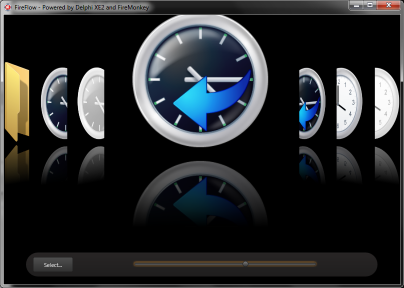
The framework has inbuilt support for effects (such as blurs and glows, as well as others) and animation, allowing modern WPF-style fluid interfaces to be easily built. The two can be freely mixed, with 2D elements (normal UI controls such as buttons) in a 3D scene, either as an overlay or in the 3D space, and 3D scenes integrated into the normal 2D "HD" interface.

The second type, a 3D interface, provides a 3D scene environment useful for developing visualisations.

It is referred to as HD because FireMonkey utilizes multi-resolution bitmaps in its dynamic style system to take advantage of high-DPI displays. An HD application is a traditional two-dimensional interface that is, UI elements on the screen.
Firemonkey vs vcl windows 8#
It is written to use the GPU where possible, and applications take advantage of the hardware acceleration features available in Direct2D on Windows Vista, Windows 7, Windows 8 and Windows 10, OpenGL on macOS, OpenGL ES on iOS and Android, and on Windows platforms where Direct2D is not available ( Windows XP for example) it falls back to GDI+.Īpplications and interfaces developed with FireMonkey are separated into two categories, HD and 3D. FireMonkey started out as a vector based UI framework, but evolved to be a bitmap or raster based UI framework to give greater control of the look to match target platform appearances.įireMonkey is a cross-platform UI framework, and allows developers to create user interfaces that run on Windows, macOS, iOS and Android. Along with the traditional Windows only Visual Component Library (VCL), the cross-platform FireMonkey framework is included as part of Delphi, C++Builder and RAD Studio since version XE2. Kryukov continued to be involved in the development of FireMonkey. In 2011, VGScene was sold to the American company Embarcadero Technologies. FireMonkey is based on VGScene, which was designed by Eugene Kryukov of KSDev from Ulan-Ude, Russia as a next generation vector-based GUI.


 0 kommentar(er)
0 kommentar(er)
